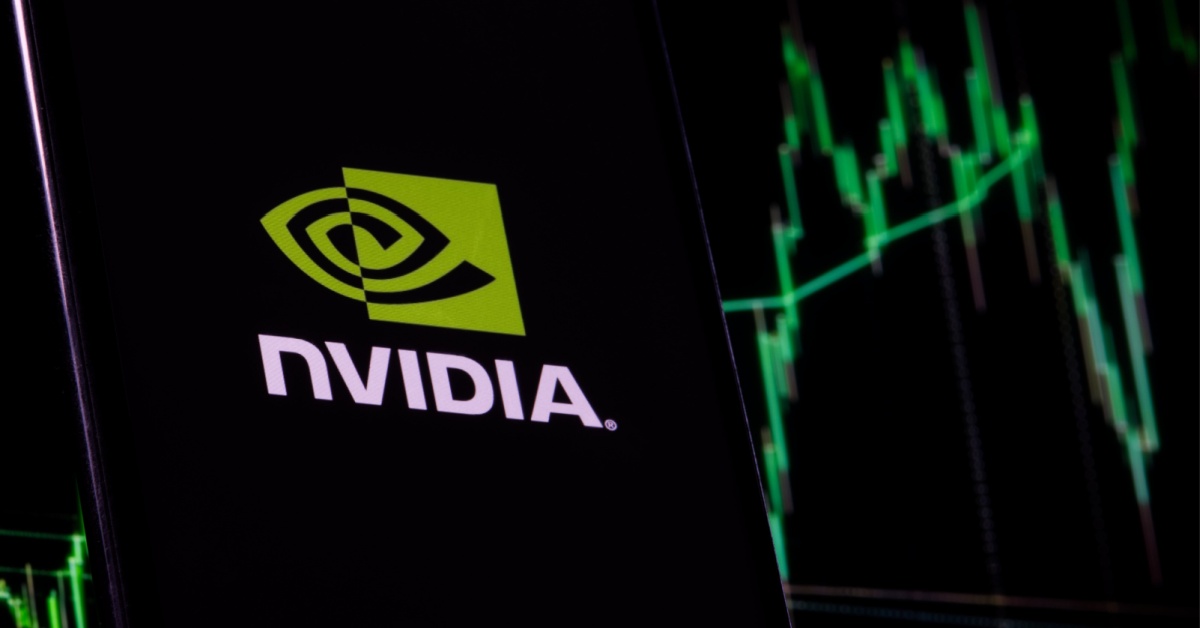Nvidia Corp. (NASDAQ: NVDA) will report fiscal Q1 2026 results on Wednesday, May 28, 2025, after the market close. Here are the key numbers that we’re watching.
Nvidia Q1 2026 earnings preview
According to Visible Alpha consensus, total revenues of $43.2 billion are expected for Fiscal Q1 2026. Overall revenue growth continues to be driven by optimism about the strength of Nvidia’s Data Center segment. This segment has seen its expected top-line performance for Q1 increase from $21.6 billion in January 2024 to its current projection of $39.1 billion, up almost 50%. However, recently, the Data Center segment’s expected revenues for Q1 moderated since the November quarter. Based on Visible Alpha consensus, Data Center revenue estimates in Q1 2026 range from $34.8 billion to $42.1 billion.
The expected revenue growth continues to be driven by strong demand for its GPUs from cloud service providers, and the move to accelerated computing in the data centers for AI. However, there are questions around the outlook for Nvidia’s new solution, Blackwell, that claims to significantly reduce energy consumption and cost for customers. There have been concerns about the timing of Blackwell’s growth and the total addressable market (TAM) for this solution. The debate is captured in the large range of revenue estimates for the new B-series. From 11 sources, these forecasts range from $2.5 billion to $24.4 billion in Q1 with consensus at $11.9 billion, in line with last quarter’s $11 billion. In last quarter’s earnings call, CEO Jensen Huang called out that Blackwell demand is “strong”.
Due to differing views about the potential for Blackwell, there is significant debate about the performance of the Data Center segment going forward. Blackwell revenue is expected to jump from $7.2 billion last year to $82.4 billion this year, but consensus ranges from $21.1 billion to $141.7 billion. It will be important to see Q1’s Blackwell performance and outlook for Q2 and the rest of FY 2026. While the FY 2026 B-series expectations have been moving higher, total Data Center revenues for FY 2026 of $181.9 billion have been moving down from $188.6 billion last quarter. This may be due to the higher 27 source count for the Data Center revenues, compared to the 11 sources that provide estimates for the B-series, suggesting some analysts may simply reflect Blackwell in their Data Center estimate instead of breaking it out separately.
For Q1 2026, Visible Alpha consensus for the gross profit of this segment has decreased $1.5 billion from last quarter’s peak Q1 consensus of $29.2 billion to now $27.7 billion. It is worth noting that the consensus gross profit margin for the Data Center segment for FY 2026 has continued to decrease, falling to 74.1%, down over 100bps from the 75.2% estimated at the end of last quarter, reflecting lower expectations from the 78% levels of FY 2024 and FY 2025. In addition, the operating profit margin for FY 2026 and FY 2027 is also projected to move lower from last year’s 66.5%, a shift from last quarter’s expectations of continued increases. These dynamics in consensus margins are causing the expected FY 2026 consensus P/E to be 31x and to range from 27x to 39x.
The stock has traded up 3.3% since the last release but is down 7.1% since the November release. Nvidia stock price is up around 174% since January 2024. Could the Q1 release provide the next positive catalyst for the stock or are expectations largely priced in for now?






